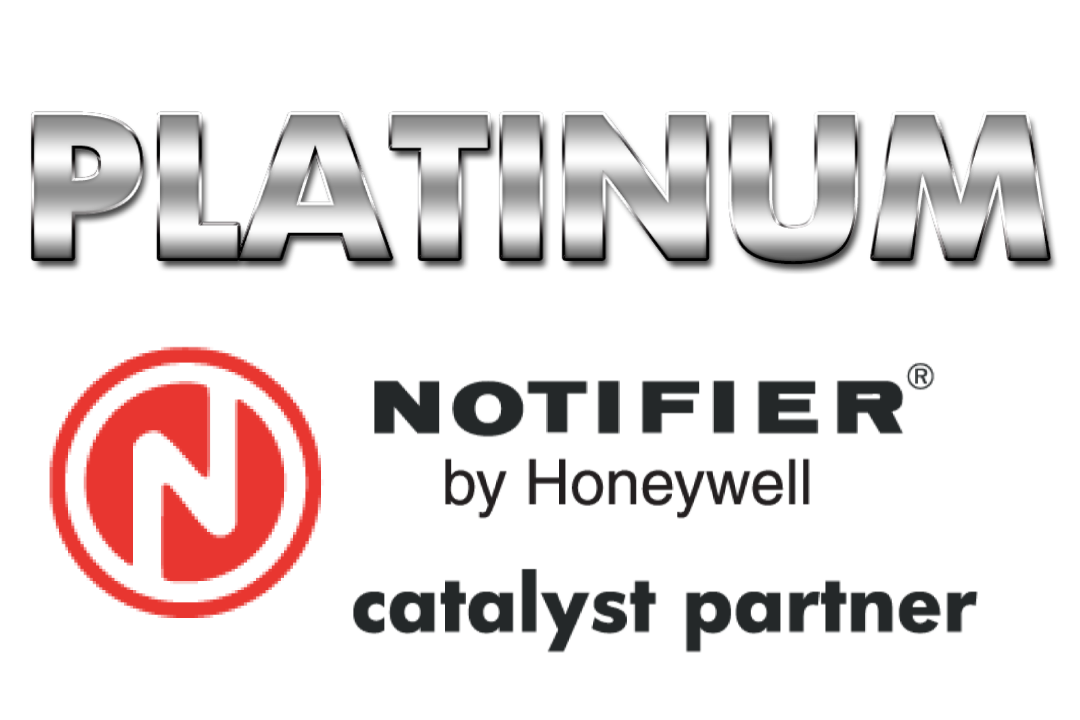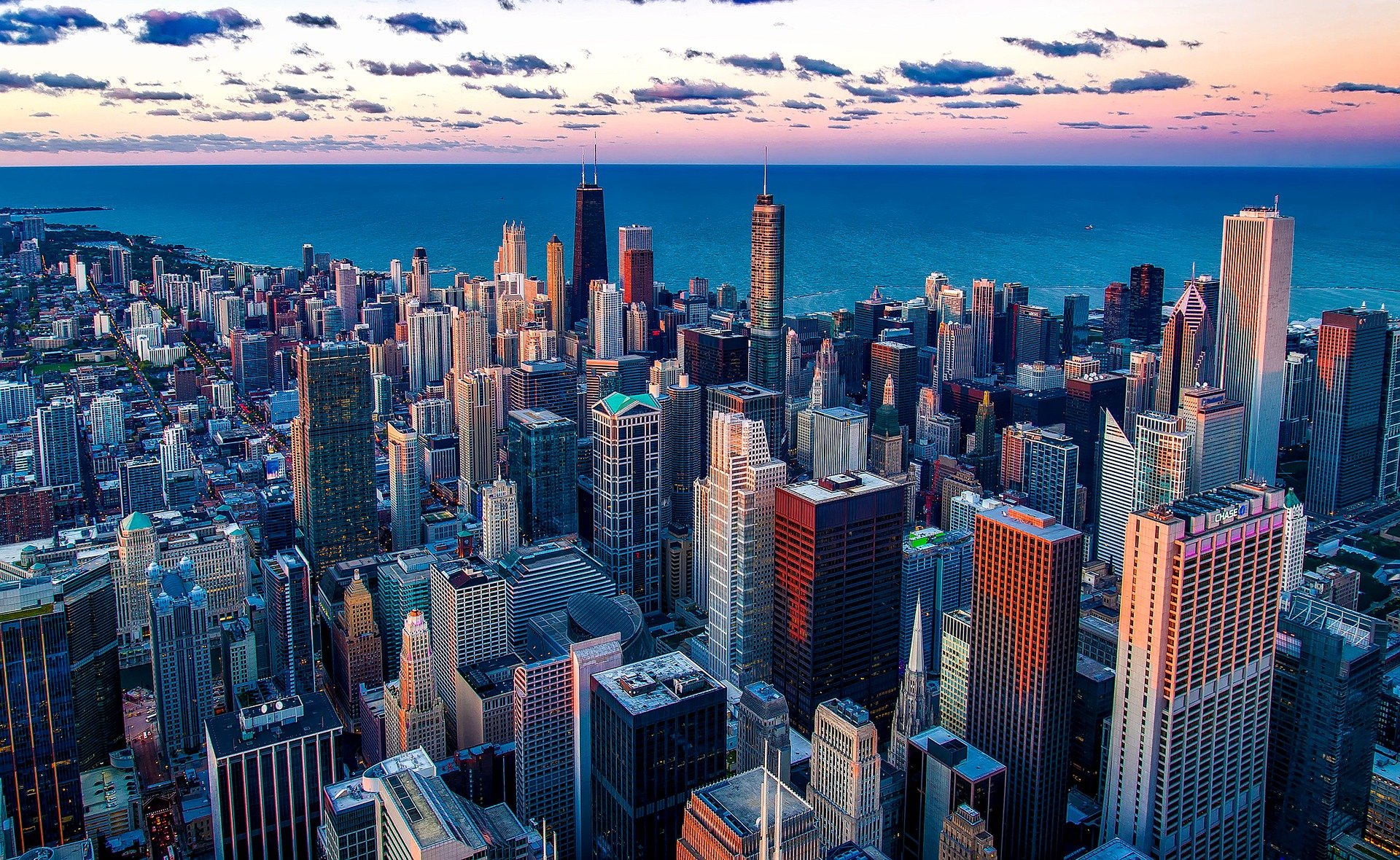Here we are, May and we are still in partial shutdown. For the past two months there have been no personal customer or vender visitations. Construction continues and new building codes are starting to take effect. If you are not aware, the new 2019 Chicago IBC code was introduced last year with a schedule to fully implement August of 2020.
There is a quiet buzz about the new Chicago code with comments as to whether there are any changes from the old code to the new code.
There are significant changes and ultimately more buildings will be protected under the new 2019 Chicago Building Code “based on the 2018 International Building Code”.
Chicago Building Code and NFPA 72
I am often told that Chicago does not use the NFPA codes. Well, in several sections of the 2019 CHICAGO CODE, NFPA72 is referenced. The opening paragraphs under section 907 Fire Alarm and Detection Systems, NFPA 72 is referenced:
- Fire Alarm shop drawings for fire alarm systems shall be prepared in accordance to NFPA72…
- Where required, new buildings and structures: A fire alarm system installed in accordance with the provisions of this code and NFPA72 shall be provided in new building..So, if you are not familiar with NFPA72, now is the time to take a refresher course.
All buildings will require a manual detection system with proper notification (NFPA72). Manual stations may be eliminated on the upper floors if the building is sprinklered. The installation of the Manual Stations on the floor of discharge must remain. These stations are not to be removed.
Once a manual or automatic system is installed, proper occupant notification must be provided. This includes the installation of a sprinkler system.
Occupancies greater than 300 people may require a manual system with notification.
Occupancies with 100 people above or below the first floor may require a manual pull station system with proper notification.
Highlights of Changes Effective August 2020
- Institutional occupancies will require smoke detectors in all public corridors.
- R-1 occupancies 3 stories or greater require a manual system with notification. A smoke detection system is required in interior corridors.
- R-2 occupancy 16 dwelling/sleeping units or greater require a manual fire alarm system with notification. There are exceptions to be considered.
- Special Amusement buildings require an automatic smoke detection system. Lighting and sound interfaces are required.
- High Rise Buildings (80 feet)
- Requires smoke detection around the corridors when elevator lobbies are not partitioned from the corridors.
- Speakers are now required in both the entrance of dwelling units and sleeping units.
- High Piled Combustible Storage Areas require an automatic smoke detection system.
- Aerosol storage use requires a manual system with notification.
- Lumber, wood, and veneer mills require a manual system with notification.
- Underground facilities require a smoke control system with notification.
- Sound level testing is stated typical of NFPA72
- Strobe lights are required per 907.5.2.3 inclusive employee work areas.
- E occupancy. Supervised carbon monoxide detectors are to be installed in the classrooms and not just the common areas. These sensors are to report to a supervised attended location.
- And, all daycares require a City Tie Box connection.
This summary is not the entire code, this is only a highlight of what is different in the code from past years. There are some exceptions that may apply to your situation. HRSS/SMG offers commercial fire and life safety consulting services to evaluate, assess, and provide you with the solutions you need for safety and compliance. The Chicago Building Code is now available at various sources.
The entire staff at HRSS/SMG is available for your support and to discuss the new Chicago Building Code with you first-hand. Contact us to see how the new Chicago Code affects you and with any questions regarding compliance.


